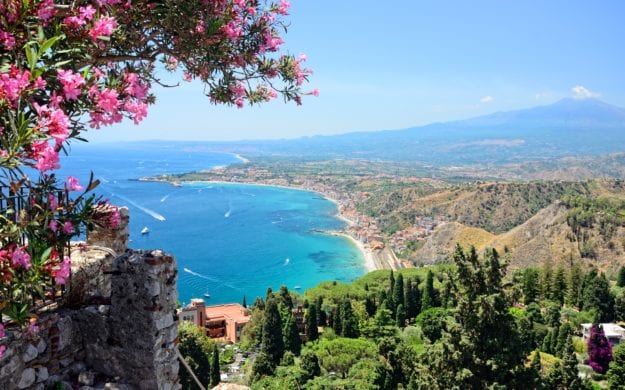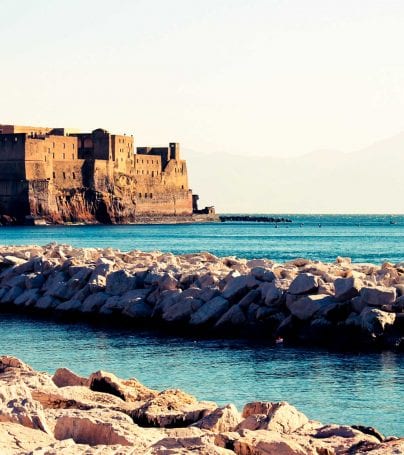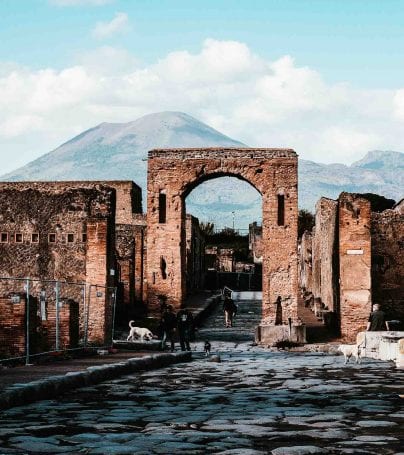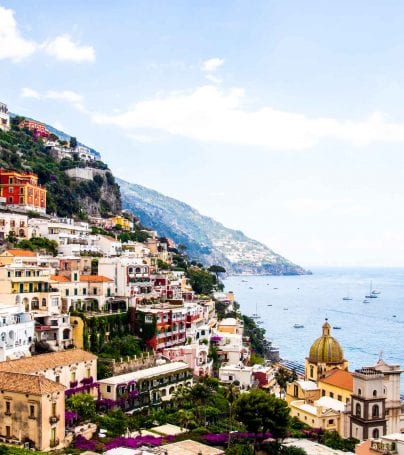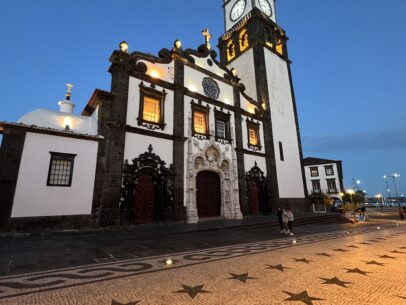Mount Etna Adventure Tours
Mount Etna (also known as Mongibeddu in Sicilian and Mongibello in Italian, a combination of Latin mont- and Arabic jebel, both meaning mountain) is an active volcano on the east coast of Sicily, close to Messina and Catania. It is the largest active volcano in Europe, currently standing about 3,326 m (10,910 ft) high, though it should be noted that this varies with summit eruptions; the mountain is 21.6 m (71 ft) lower now than it was in 1865. It is the highest mountain in Italy south of the Alps. Etna covers an area of 1190 km² (460 square miles) with a basal circumference of 140 km. This makes it by far the largest of the three active volcanoes in Italy, being nearly three times the height of the next largest, Mount Vesuvius.
Mount Etna is one of the most active volcanoes in the world and is in an almost constant state of eruption. Although it can occasionally be very destructive, it is not generally regarded as being particularly dangerous, and thousands of people live on its slopes and in the surrounding areas. The fertile volcanic soils support extensive agriculture, with vineyards and orchards spread across the lower slopes of the mountain and the broad Plain of Catania to the south. Due to its history of recent activity and nearby population, Mount Etna has been designated a Decade Volcano by the United Nations.
Etna was known in Roman times as Aetna, a name thought to have derived either from the Greek word aitho (“to violently burn”) or the Phoenician word attano. The Arabs called the mountain Gibel Utlamat (“the mountain of fire”); this name was later corrupted into Mons Gibel (literally ‘Mountain Mountain’) and subsequently Etna’s current local name Mongibeddu. The Greek word “Etna” means “I burn.”
The mountain’s regular and often dramatic eruptions made it a major subject of interest for Classical mythologists and their later successors, who sought to explain its behaviour in terms of the various gods and giants of Roman and Greek legend. Aeolus, the king of the winds, was said to have imprisoned the winds in caves below Etna. The giant Typhon was confined under Etna, according to the poet Aeschylus, and was the cause of the mountain’s eruptions. Another giant, Enceladus, rebelled against the gods, was killed and was buried under Etna. Vulcan, the god of fire and the forge, was said to have had his forge under Etna and drove the fire-demon Adranus out from the mountain, while the Cyclops maintained a smithy there where they fashioned lightning bolts for Zeus to use as a weapon. The Greek underworld, Tartarus, was supposed to be situated beneath Etna.
Empedocles, a major pre-Socratic philosopher and Greek statesman of the 5th century BC, was said to have met his death in the volcano’s crater. Etna supposedly erupted in sympathy with the martyrdom of Saint Agatha in 251 AD, prompting Christians thereafter to invoke her name against fire and lightning.
Volcanic activity at Etna began about half a million years ago, with eruptions occurring beneath the sea off the then coastline of Sicily. 300,000 years ago, volcanism began occurring to the southwest of the present-day summit, before activity moved towards the present centre 170,000 years ago. Eruptions at this time built up the first major volcanic edifice, forming a strato-volcano in alternating explosive and effusive eruptions. The growth of the mountain was occasionally interrupted by major eruptions leading to the collapse of the summit to form calderas.
From about 35,000 to 15,000 years ago, Etna experienced some highly explosive eruptions, generating large pyroclastic flows which left extensive ignimbrite deposits. Ash from these eruptions has been found as far away as Rome, 800 km to the north.
Thousands of years ago, the eastern flank of the mountain experienced a catastrophic collapse, generating an enormous landslide in an event similar to that seen at Mount St. Helens in 1980. The landslide left a large depression in the side of the volcano, known as ‘Valle del Bove’ (Valley of the Ox). Research published in 2006 suggests that this occurred around 6000 BC, and caused a huge tsunami which left its mark in several places in the eastern Mediterranean. It may have been the reason that the settlement of Atlit Yam (Israel), now below sea level, was suddenly abandoned around that time.
The steep walls of the Valley have suffered subsequent collapse on numerous occasions. The strata exposed in the valley walls provide an important and easily accessible record of Etna’s eruptive history.
The most recent collapse event at the summit of Etna is thought to have occurred about 2,000 years ago, forming what is known as the Piano Caldera. This caldera has been almost entirely filled by subsequent lava eruptions, but is still visible as a distinct break in the slope of the mountain near the base of the present-day summit cone.
Customize Your Dream Adventure
We are here to help craft tailor-made adventures for individuals, couples, families, and groups of explorers.

